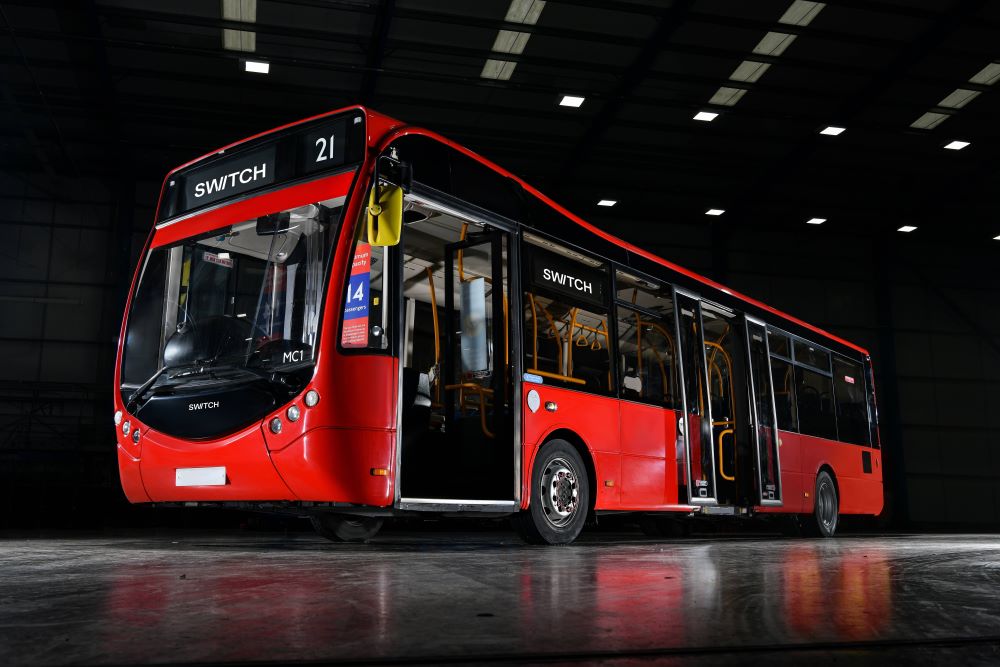Flexibility to demarcate part area without significant cost implications a positive
The share of electric buses (e-buses) in new bus sales in India is set to double to ~8% next fiscal from ~4%1 last fiscal, driven by two factors.

The first is the central government’s focus on decarbonising the public transport sector. Efforts are underway to deploy e-buses via tenders already awarded under the Faster Adoption and Manufacturing of (Hybrid and) Electric Vehicles, or FAME, scheme and the National Electric Bus Programme (NEBP)2.
The second is the favourable total cost of ownership (TCO) of an e-bus compared with internal combustion engine (ICE) and compressed natural gas (CNG) buses, driven by lower operating cost and reducing initial acquisition cost.
Under the FAME and NEBP programmes, launched in 2015 and 2022, respectively, state transportation units (STUs) initiated e-bus procurement through two models: gross cost contract (GCC)3 and outright purchase. As many as 5,760 of these e-buses have been delivered till date, and 10,000 will be deployed in this and the next fiscal.
Favourable contracting terms under the GCC model, such as assured rentals, fee revision linked to inflation, and absence of traffic risk have aided the e-bus adoption thus far.
Says Sushant Sarode, Director, CRISIL Ratings, “Growth in e-buses is also supported by favourable ownership economics. TCO for e-bus is estimated to be ~15-20% lower than ICE and CNG bus, over an estimated life span of 15 years4 with breakeven in 6-7 years. Though the initial acquisition cost of e-bus is twice that of an ICE or CNG bus, it is expected to reduce on account of improving operational efficiency of original equipment manufacturers (OEMs) with increasing scale and localisation and decreasing battery costs.”